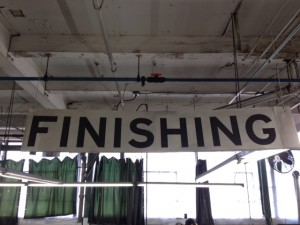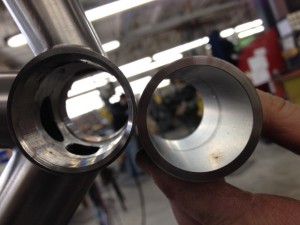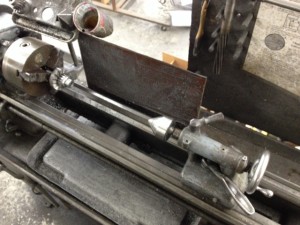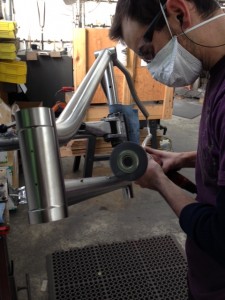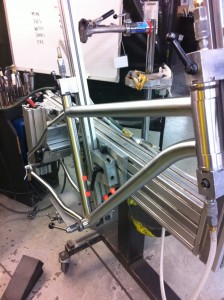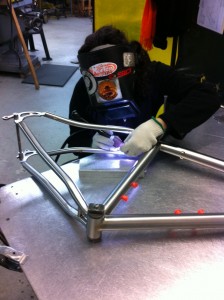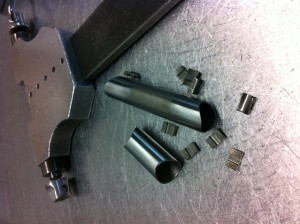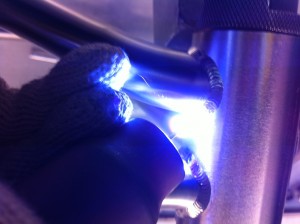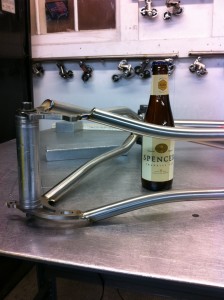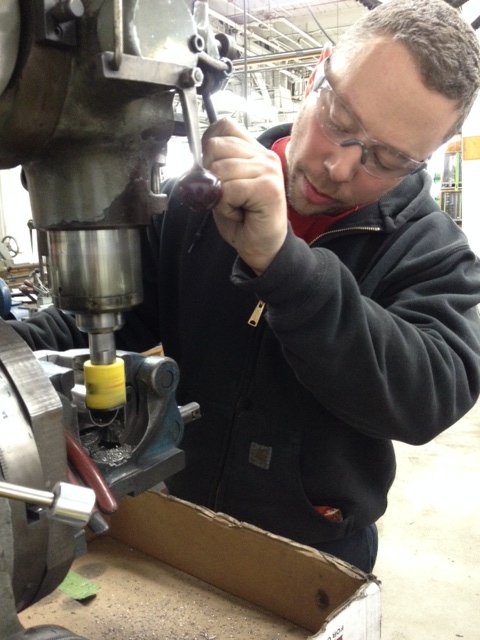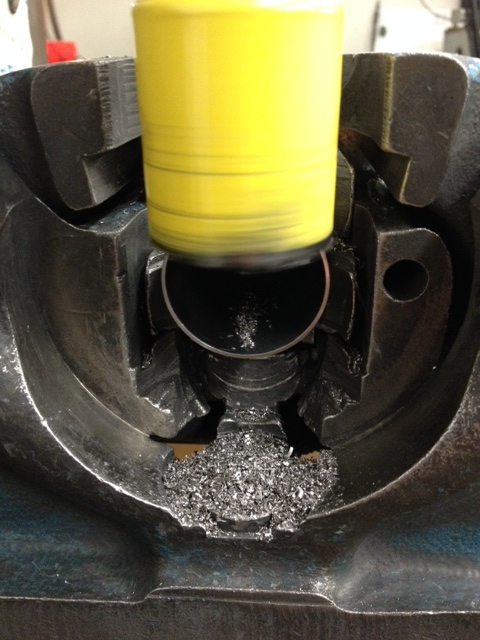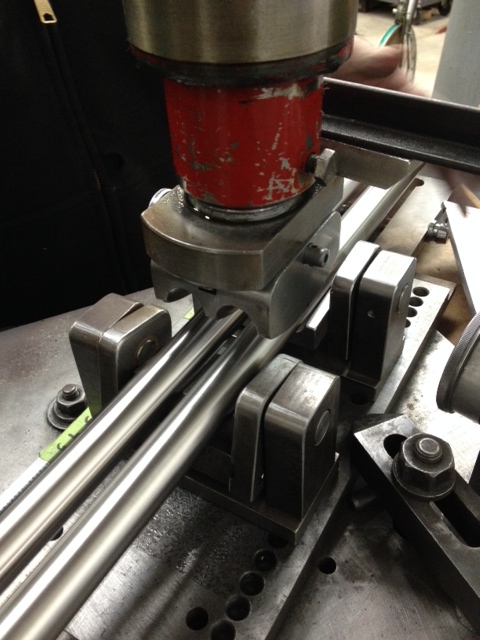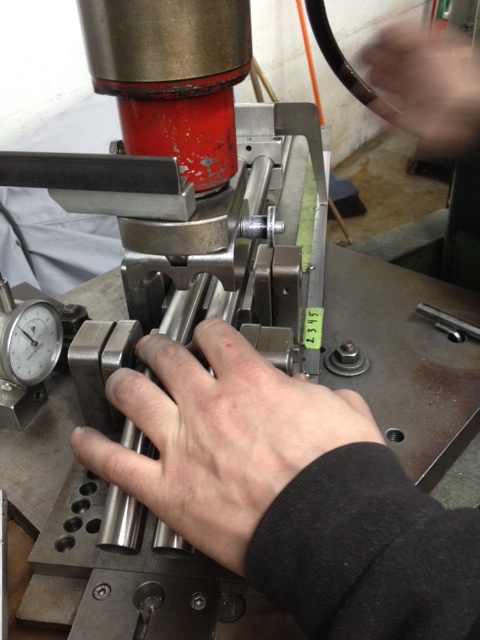We wouldn’t normally talk about our business here on the 7 where our main goal is to share the awesomeness of riding bikes and to show some of the amazing ways people are riding Sevens out in the world. But it’s Christmas Eve, and we’re feeling all happy and sentimental and above all grateful for where we are in the life of our little bike company. 2015 will mark our 19th year building custom bikes, and that is a gift unto itself. Work is work. It can be hard sometimes, but there’s nothing we’d rather work hard on than building bikes.
If you’re reading these words then you’ve contributed to what we’re doing in some way.
We’ve built more than 30,000 bikes now, all of them one-at-time, by hand. More than money earned, that work is the reward. We do what we do because we love bikes and we love cycling, so the opportunity to work with so many riders on THEIR bike is a gift.
Doing what we do also turns out to be a pretty great way to explore cycling. We ride what we build and evolve our designs out on the road and the trail, bringing back ideas and experiences that inform the next bikes out the door. It’s an amazingly rich way to ride. It helps you feel connected to the bike in ways that are hard to articulate, and that is a gift, too.
When we started out we made a conscious decision to try to bring custom bikes to as many people as possible, which meant doing things differently, developing a manufacturing model that allowed us to turn out more than one bike a day. The core group here, all of whom came from Merlin Metalworks, already had decades of bike-building experience, but what we wanted to do with Seven required us to share that experience with a larger group, and that has brought us so many great young bike builders over the years, all of whom had their own ideas, their own passion. Seven has turned out to be an incredibly rich place to work with a vital collective energy, and that is another gift.
We are also part of an industry with virtually no downside. Bikes improve people’s lives, make them healthier, bring joy, allow them to explore, to connect with friends. It’s nice to work all day and feel what you do has that sort of positive impact on your customers.
The old trope says it’s better to give than to receive, but it can be hard to tell in some instances who is giving and who is receiving. We’re here on Christmas Eve, working so that more people can ride great bikes in the New Year, but we feel like the receiver. We’ve had 18 years of fun, and 2015 looks like another log on that fire. Coming on two decades here in our shop, we’re not nearly out of ideas, and the minute we run low, you, our riders, will come up with the next great thing and gift it to us, so we can build it for you.
Happy Holidays to all, from your friends at Seven.

